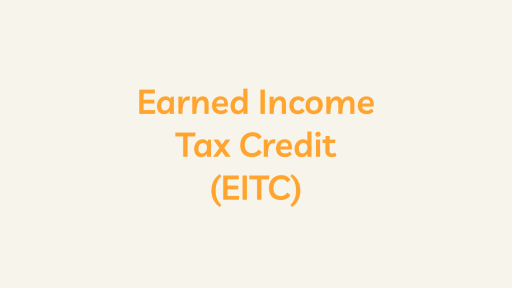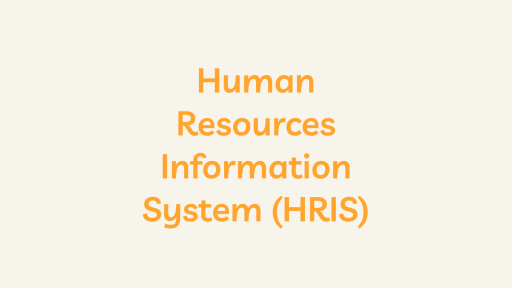Introduction
Earned Income Credit (EIC) is a pivotal aspect of the U.S. tax system, serving as a lifeline for individuals and families grappling with modest incomes. Enacted in 1975, this tax credit is geared towards lightening the financial load on those earning low to moderate incomes, providing a valuable avenue for economic support.
What is an Earned Income Credit (EIC)
Earned Income Credit is a refundable tax credit, a distinctive feature distinguishing it from non-refundable credits. This means that even if taxpayers’ tax liability is zero, they may still receive a refund, making EIC particularly beneficial for those in lower income brackets.
Eligibility Criteria: Who Qualifies for Earned Income Credit (EIC)?
- Earned Income:
To qualify for EIC, individuals must have earned income, which includes wages from employment, income from self-employment, or earnings from farming activities. - Adjusted Gross Income (AGI):
The taxpayer’s Adjusted Gross Income (AGI) must fall within specified limits. These limits vary based on the filing status (e.g., Single, Head of Household, Married Filing Jointly, or Qualifying Widow(er) with a dependent child) and the number of qualifying children. - Filing Status:
EIC is available to individuals and families with different filing statuses. It is essential to choose the appropriate status based on the taxpayer’s situation, as this affects the eligibility and amount of the credit. - Citizenship:
Taxpayers must have a valid Social Security number and meet U.S. residency requirements to qualify for EIC.
Benefits Based on Filing Status and Number of Qualifying Children
The amount of Earned Income Credit is not one-size-fits-all. It varies depending on the taxpayer’s filing status and the number of qualifying children. Generally, the credit is more substantial for those with more qualifying children, up to a specified limit.
How to Claim EIC
- Filing a Tax Return:
To be eligible for EIC, individuals must file a federal tax return. Even if someone is not required to file a return due to their income level, filing is necessary to claim the credit. - Calculating Earned Income and AGI:
Taxpayers must calculate their earned income and determine their Adjusted Gross Income (AGI). This step ensures that their income falls within the specified limits for EIC eligibility. - Determine Filing Status:
Choose the appropriate filing status based on your personal situation. This decision significantly impacts the eligibility and amount of the Earned Income Credit. - Use the EIC Table:
The Internal Revenue Service (IRS) provides an EIC table that helps taxpayers determine the exact credit amount based on their income and family size. This table is a crucial resource for accurately claiming the credit. - Claim the Credit:
Complete the necessary tax forms and claim the Earned Income Credit when filing the tax return. Ensure that all information is accurate and up-to-date to facilitate a smooth and successful claim.
Conclusion
Earned Income Credit is pivotal in supporting individuals and families with modest incomes, offering financial assistance through the tax system. Since tax laws are subject to change, individuals must stay informed about the current eligibility criteria and credit amounts. Eligible taxpayers can maximize their financial well-being and contribute to overall economic stability by understanding and effectively leveraging EIC.





